Art Deco Furniture Hardware
Introduction:
Art Deco is a design and art movement that emerged in the post-World War I period. This style bridged the gap between the traditional design of the 19th century and the modernist movement of the 20th century. It is characterized by bold geometric shapes, sleek lines, and luxurious materials. The Art Deco style influenced many aspects of design, including furniture hardware. In this article, we will explore the fascinating world of Art Deco furniture hardware.

Art Deco Hardware Materials:
Art Deco furniture hardware is renowned for its use of high-quality materials. Durability and visual appeal are both essential factors of Art Deco hardware. The most commonly used materials include metals like chrome, steel, and brass.
- Chrome: Chrome is a popular choice for Art Deco hardware due to its reflective surface, sleek look, and durability. It is a versatile material that can be used on various pieces of furniture, including drawer pulls, cabinet knobs, hinges, and handles. Chrome was often paired with other materials such as wood, glass, and bakelite to create stunning design combinations.
- Steel: Steel is another material typically used in Art Deco furniture hardware. It offers a robust, understated look that complements the sharp geometric lines and shapes often seen in Art Deco design. Steel was a preferred choice for door hinges, handles and knobs.
- Brass: Brass is preferred for Art Deco hardware because it is more malleable than some metals and has a warm, reflective tone. Art Deco cabinet knobs, lamp fittings and handles were often made from brass. It was also an excellent material for decorative ornaments, like rosettes.
- Bakelite: This is a unique plastic developed in the 1920s with a shiny and smooth texture and cast well into any shape and size. Bakelite was popular in Art Deco furniture hardware design for its affordability and versatility. This material was used to create drawer pulls, handles, and knobs for cabinets, desks, chairs, and other furniture.

Art Deco Hardware Finishes:
Art Deco furniture hardware finishes were often incorporated with unusual shapes, textures, and decorative elements. The finishes gave the hardware an iconic look for the era.
- Chrome: The most popular finish for Art Deco furniture hardware was chrome because of its commercial appeal. The sleek and reflective properties of chrome complemented the geometric shapes and curves used in Art Deco design. Chrome also provides a durable, tarnish-resistant, and hygienic finish that is resistant to corrosion.
- Nickel: A popular finish for Art Deco hardware was Nickel. Nickel was polished to create a reflective finish that would complement the geometric shapes of furniture and other decor. This finish would offer durability and corrosion resistance.
- Brass: A brass finish was used to add warmth and luster to Art Deco hardware. This finish would also improve longevity and provide corrosion resistance. This finish can be polished to a high shine or left to patina over time.
- Burnished: Burnished finishes give Art Deco hardware a rare and distinctive look that creates a sense of luxury. Burnishing hardware involves smoothing and polishing with abrasives to create a smooth texture. This finish was used for special and unique pieces of furniture.

Design Features of Art Deco Hardware:
Art Deco hardware followed some key design elements. Hence Art Deco furniture hardware is distinguished from hardware that is not. Art Deco hardware exhibits the following features:
- Geometric Shapes: Art Deco hardware is known for its use of angular geometric shapes such as squares, rectangles, and circles. The angular shapes create a sense of modernism, sophistication, luxury, and are distinct from traditional ornate designs.
- Smooth Lines: Art Deco hardware design often included smooth lines, which flow seamlessly from one form into the next. The smooth lines give hardware a sense of fluidity and balance. This is evident in the Art Deco drawer pulls, which are smooth with ergonomics in mind.
- Symmetry: Art Deco hardware often embraced symmetry, where elements on one side balanced those on the other, creating harmony and balance. This design created a sense of order and balance, a reflection of the modern changes in society and culture at the time.
- Curves: In contrast to the angular geometric shapes, Art Deco hardware often includes curves that add grace and fluidity. The curves can be seen in the design of drawer pulls, where arcs create a welcoming and standout shape.

Examples of Art Deco Hardware:
- Sunburst Door Knobs: The classic vintage Art Deco style Sunburst door knobs are known for their simple geometric design, with a circular-shaped knob centre with radiating lines. The lines represent sunbursts, and the brass material creates a luxurious look. The design found a way into architecture with the famous US Rockefeller Centre doors.
- Art Deco Waterfall Pulls: Art Deco waterfall hardware designs are characterized by their smooth curves and simple shape. They were often made from Bakelite, giving a unique look and texture. These drawer pulls were either used with waterfall furniture designs or incorporated in otherwise plain furniture for a sleek, stylish upgrade.
- Streamline Design Figural Night Lamps: Streamline design is one of Art Deco’s most prominent features, which is the design of moving objects. These streamline design figural night lamps showcase the streamlined style, designed in the form of vintage streamlined toys. The pewter material finish provides an authentic vintage Art Deco look.
- Art Deco Hinge: Art Deco hinges were a functional component of Art Deco furniture and architecture. The hinges used modern geometric shapes, contrasting finishes, and decorative elements. Ornamental spirals, sunbursts, zigzags, and other shapes were used to brighten up doorways.

Conclusion:
Art Deco furniture hardware is timeless and still revered today for its unique designs, high-quality materials, and luxurious finishes. Art Deco design was ahead of its time, bridging the gap between traditional and modernist design. The style has a lasting legacy on modern design that is still considered relevant, sleek, luxurious, and modern today. Art Deco furniture hardware is an excellent choice for furniture restoration and modern interior decorating. Hardware with angular geometric shapes, smooth lines, and curves provide a unique style identity. Art Deco design’s influence made furniture hardware to be more than just functional hardware, but a decorative element in the overall design scheme, and the legacy remains.




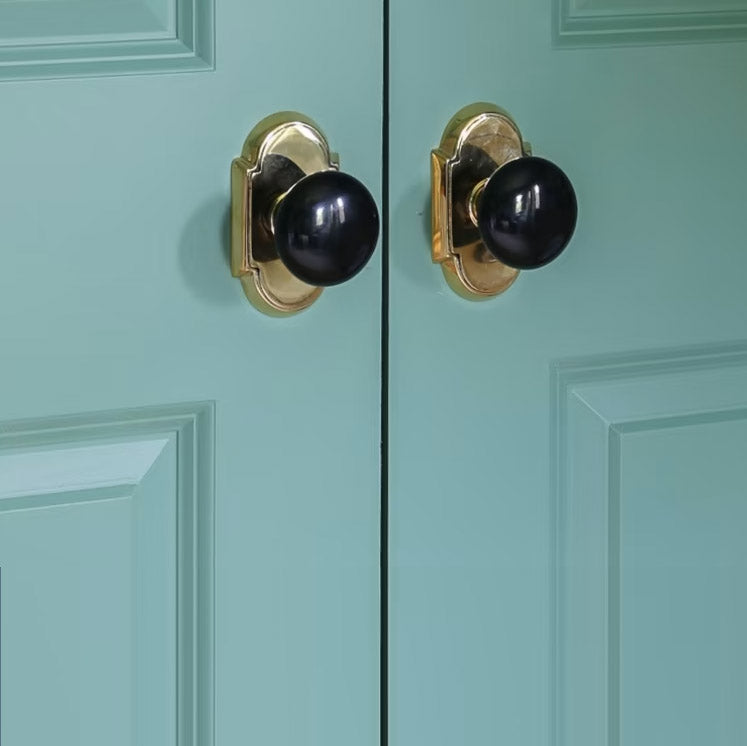
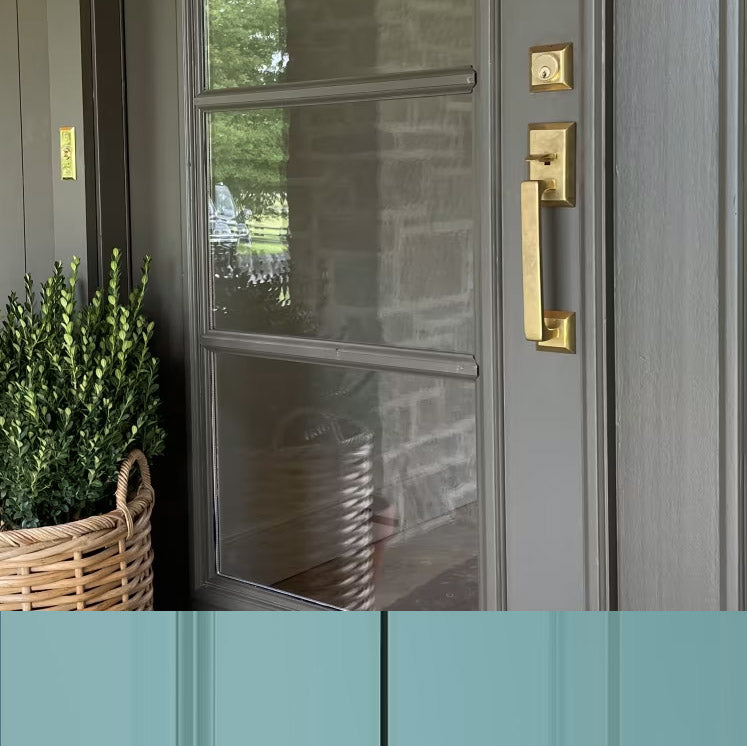
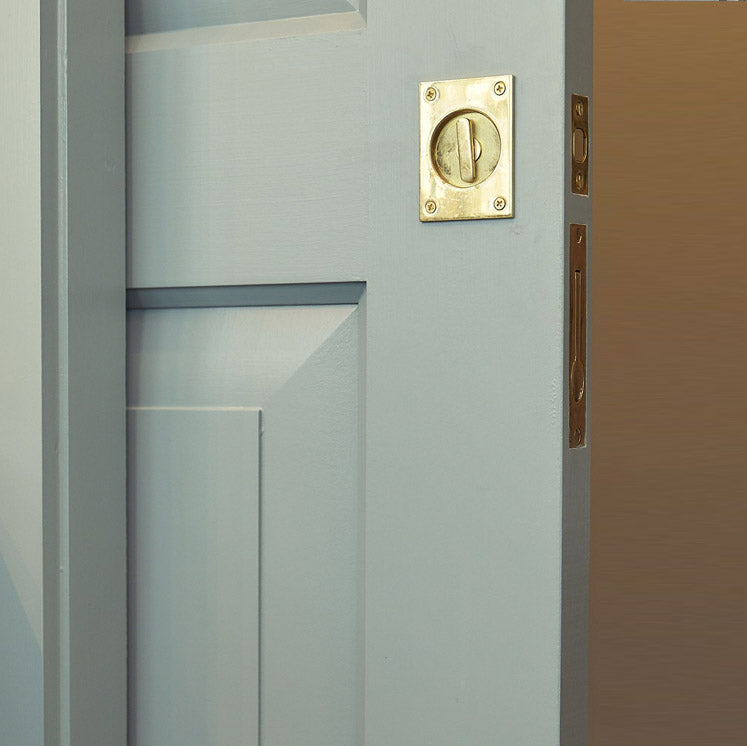

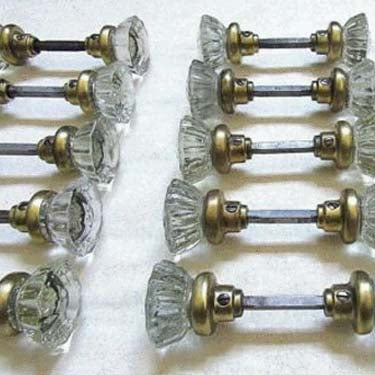

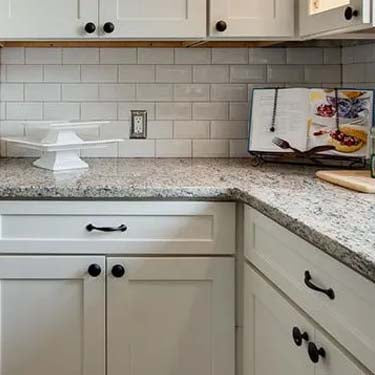


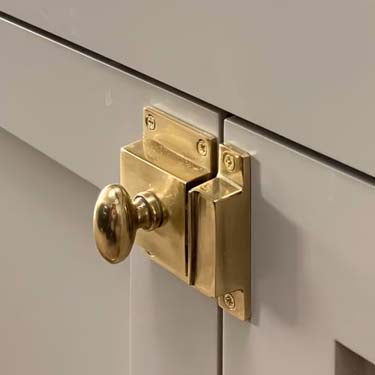
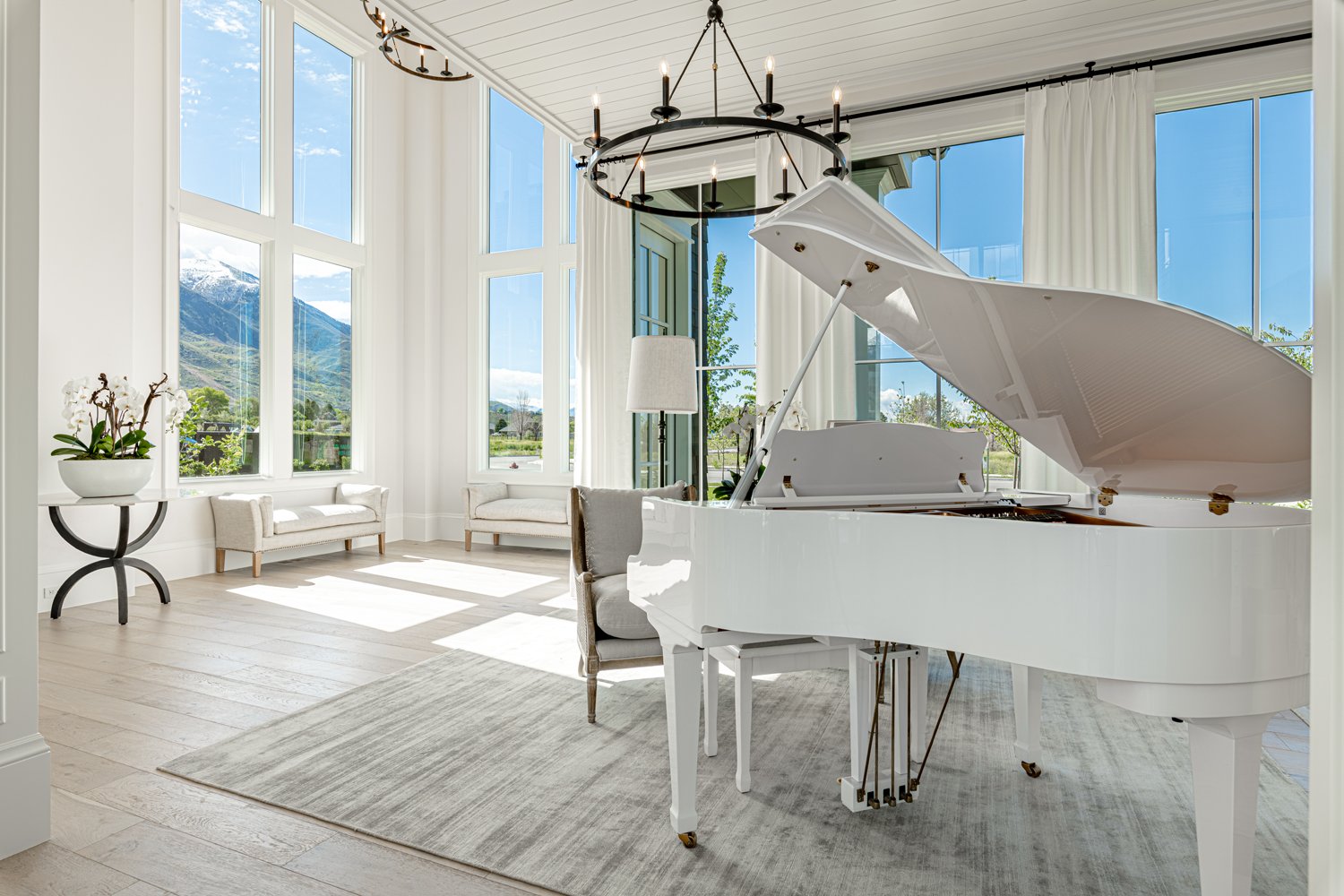
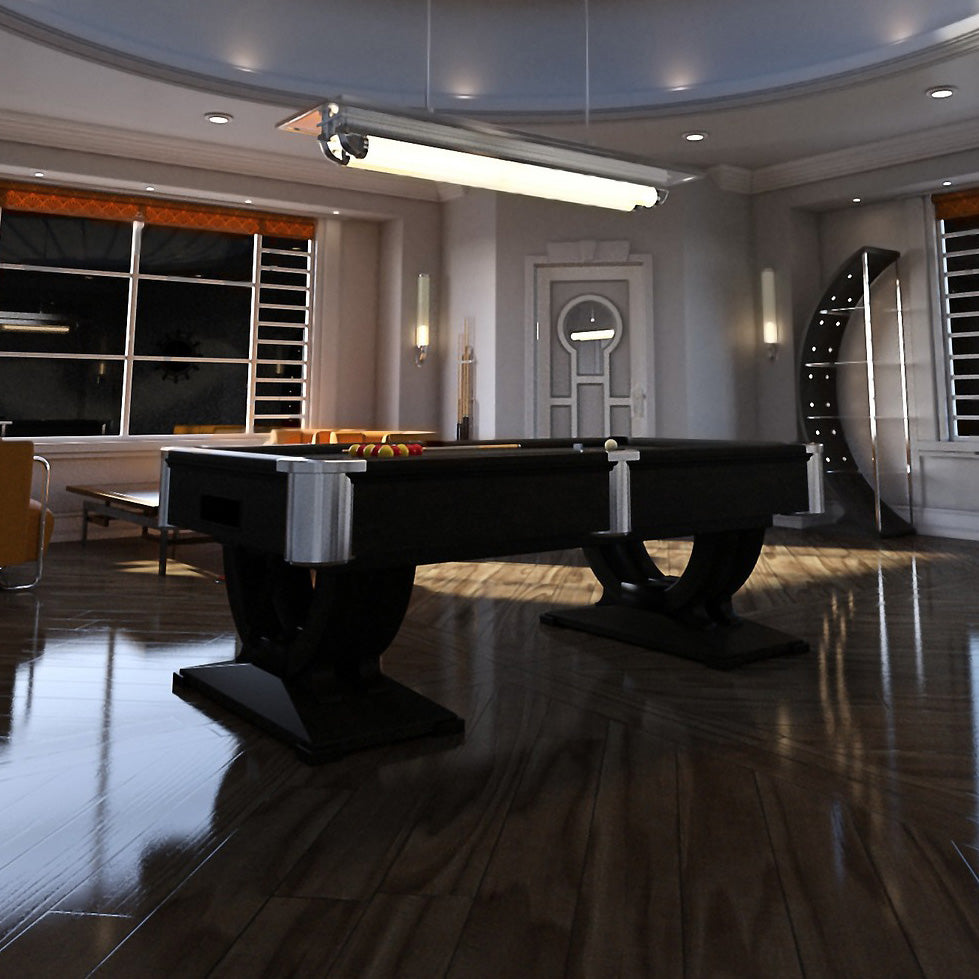
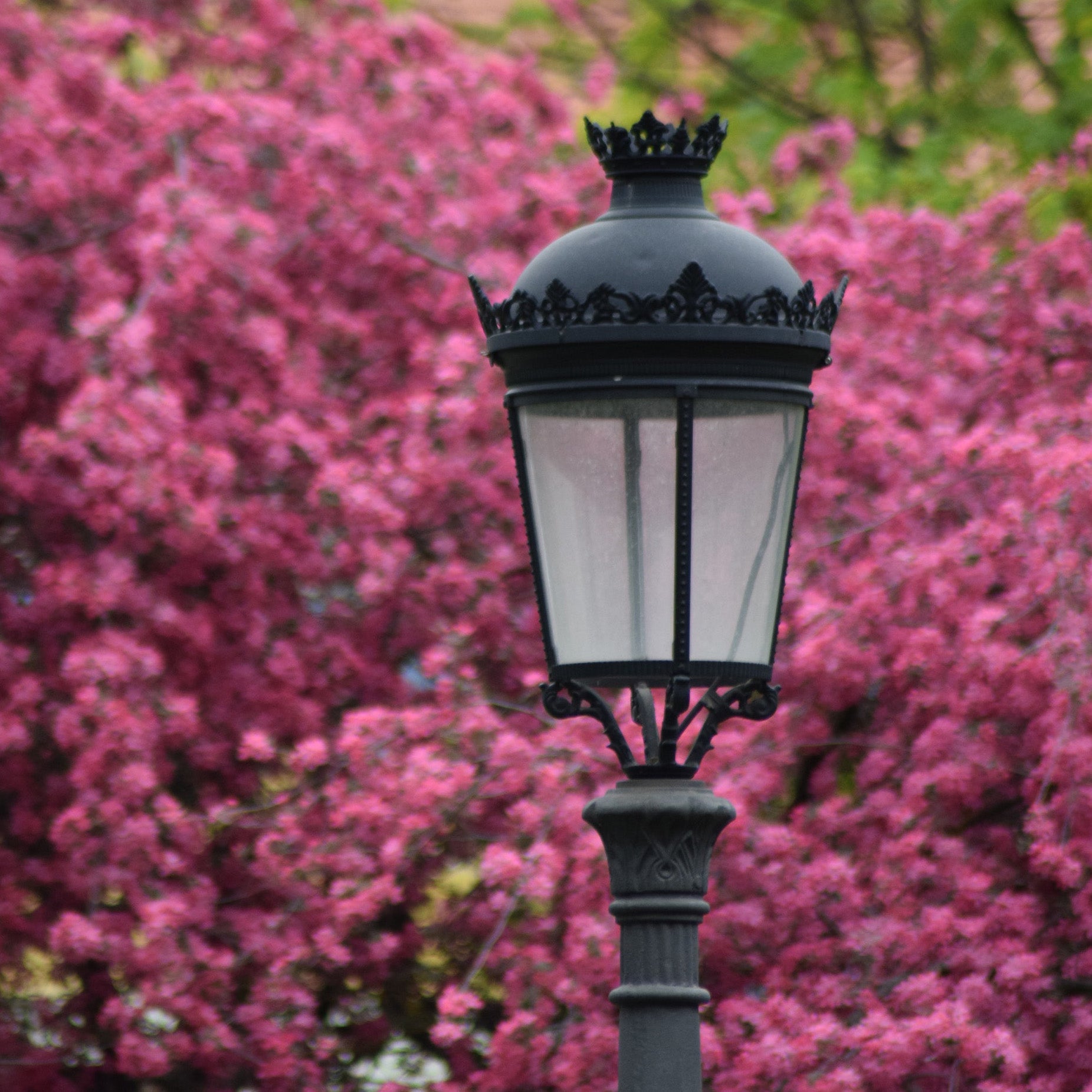

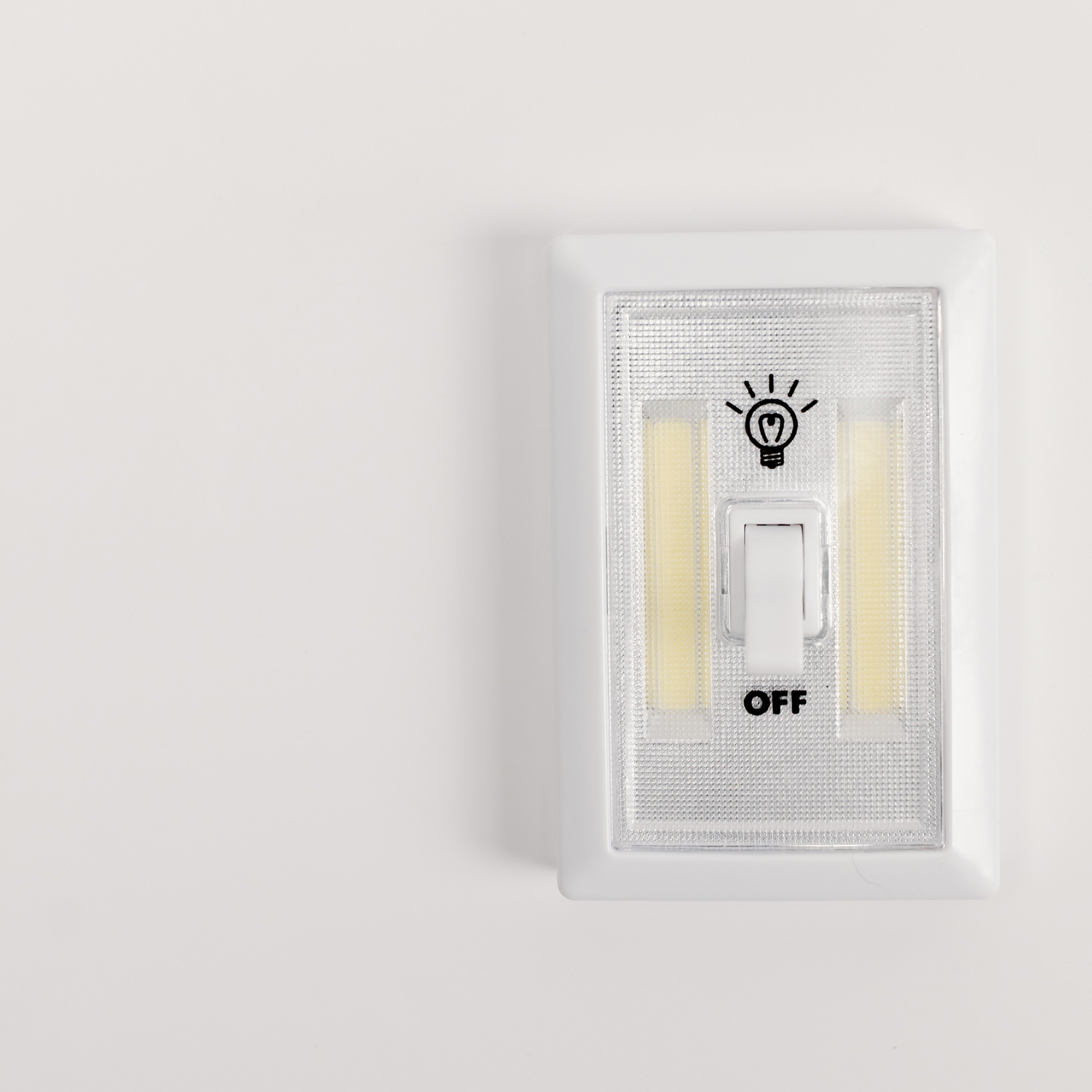
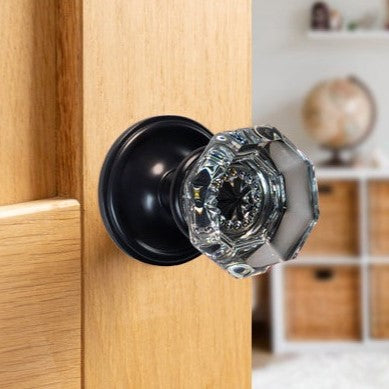

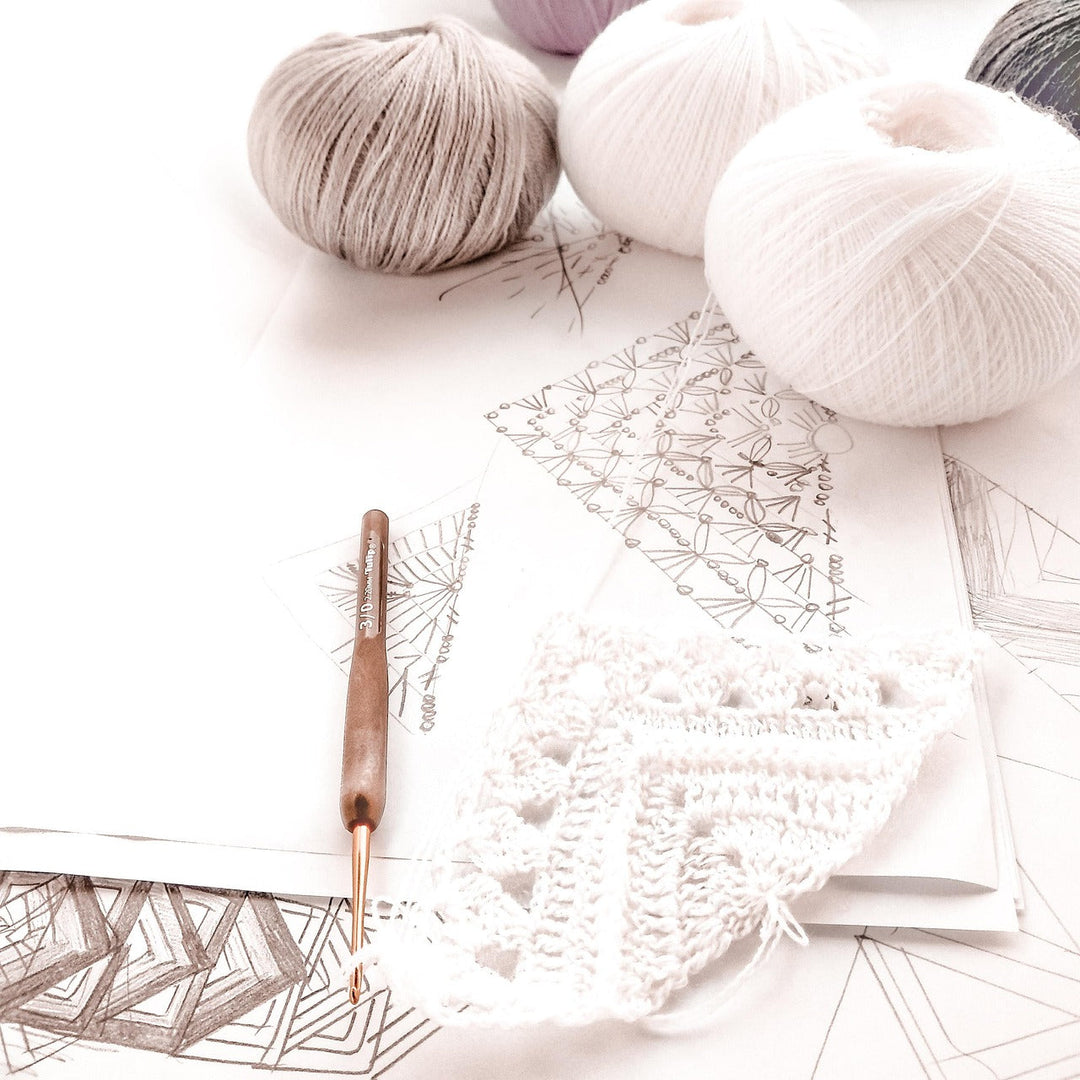
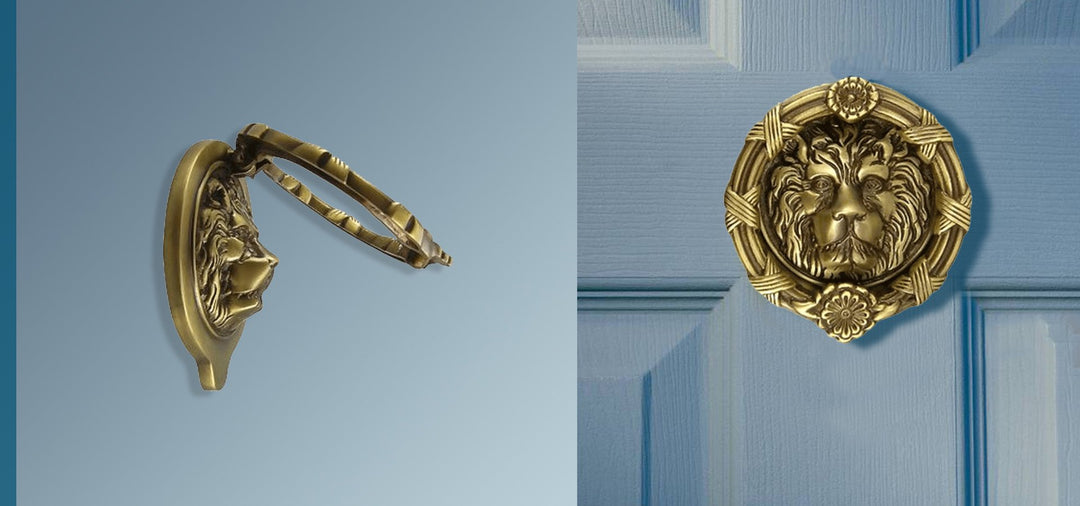
Leave a comment